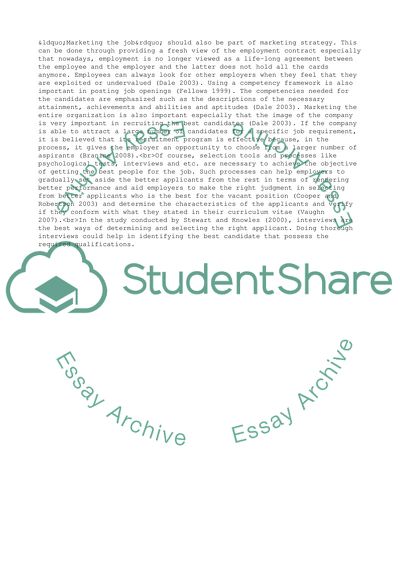Cite this document
(Recruitment, Selection, and Retention: Working with and Leading People Assignment, n.d.)
Recruitment, Selection, and Retention: Working with and Leading People Assignment. Retrieved from https://studentshare.org/management/1724867-working-with-and-leading-people
Recruitment, Selection, and Retention: Working with and Leading People Assignment. Retrieved from https://studentshare.org/management/1724867-working-with-and-leading-people
(Recruitment, Selection, and Retention: Working With and Leading People Assignment)
Recruitment, Selection, and Retention: Working With and Leading People Assignment. https://studentshare.org/management/1724867-working-with-and-leading-people.
Recruitment, Selection, and Retention: Working With and Leading People Assignment. https://studentshare.org/management/1724867-working-with-and-leading-people.
“Recruitment, Selection, and Retention: Working With and Leading People Assignment”, n.d. https://studentshare.org/management/1724867-working-with-and-leading-people.


